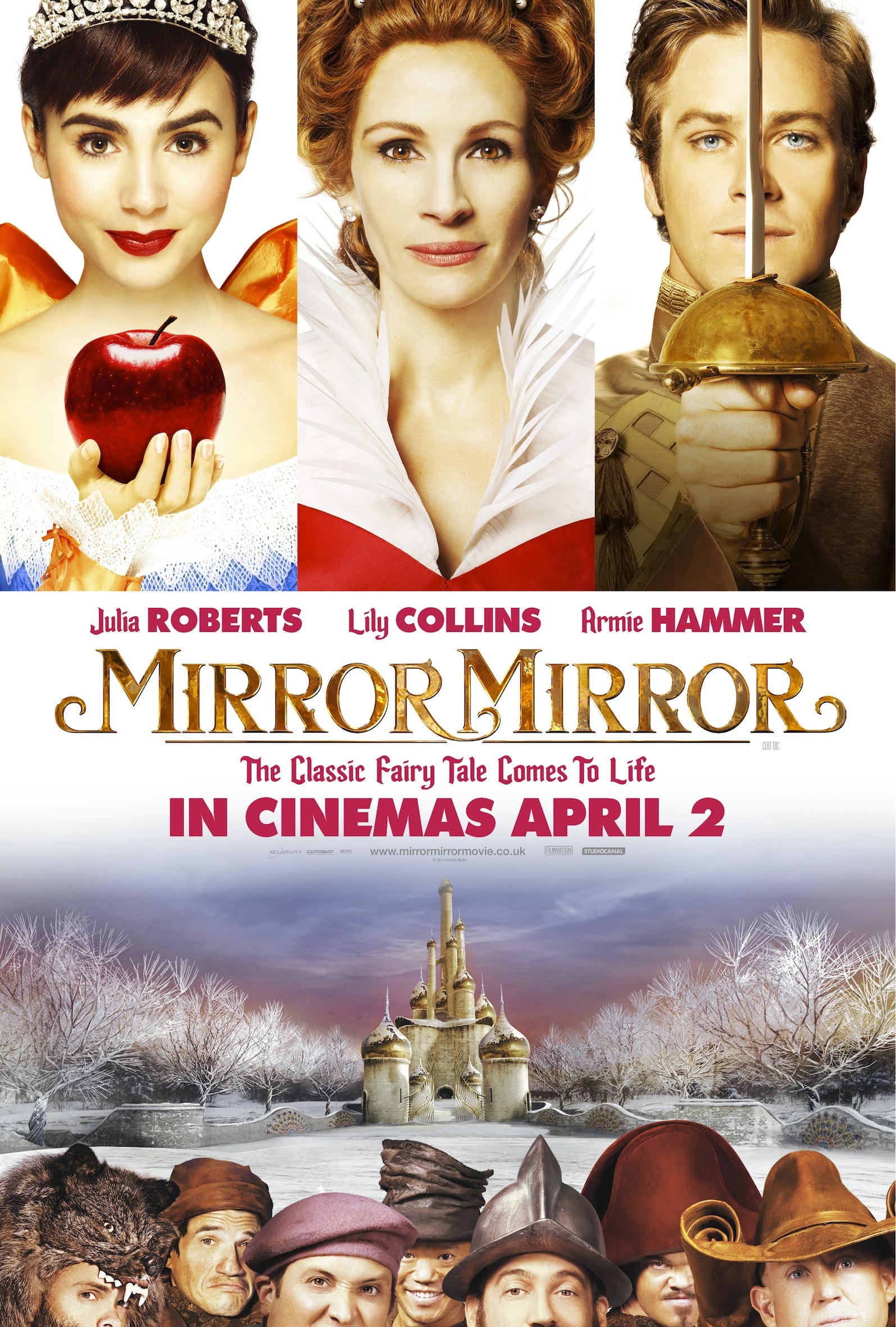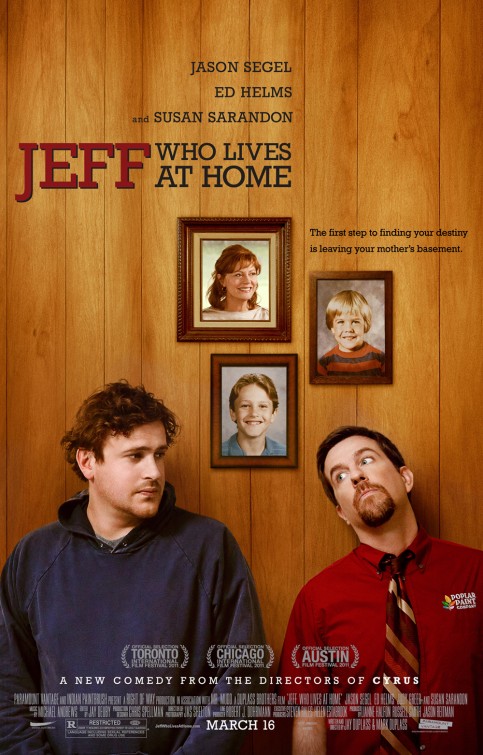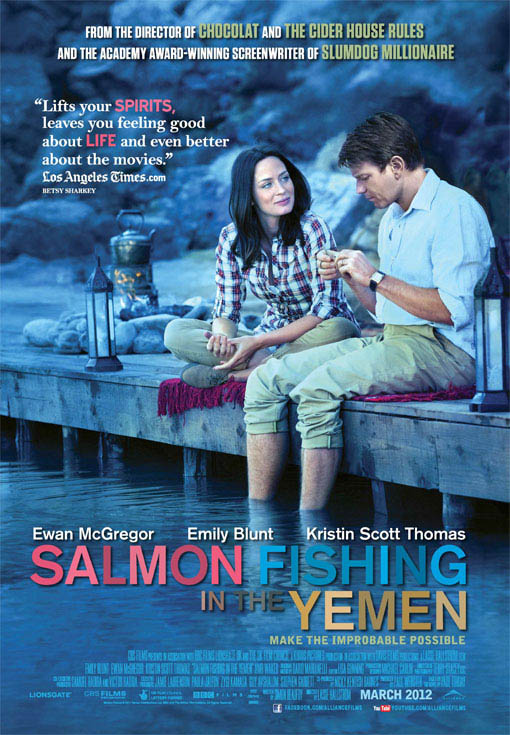
This week in my movie class, we saw the new documentary “Bully” by director Lee Hirsch.
Story
The documentary follows a year in the life of several teenagers from around the country, as well as a couple of parents dealing with the aftermath of the suicide of their child as a consequence of being victimized by bullies. All of the children in these cases were teenagers who attend high school. Alex is a boy beaten up on his Sioux City school bus daily; Kelby is a lesbian whose parents in Oklahoma have revised their opinion of gays since their daughter came out; Ja’Meya is Mississippi girl serving time in a juvenile detention center for brandishing a gun on a school bus from suffering harassment by fellow students.
Alex is a big-hearted but unusual looking 14 year old who derives great pleasure from his family, especially when it comes to caring for his younger siblings. Unfortunately, the bullies at his high school make his life miserable by both physically and psychologically abusing him not only at school but also and especially on the bus ride to and from school each day. Even Alex doesn’t feel good about this, but admits to having great difficulty making friends and as a result, rationalizes the bullies’ behavior.
As far as the residents of her small town know, Kelby is the only lesbian among them. When she came out, both she and her parents were ostracized by neighbors and various other residents of the community, including her teachers. Fortunately for Kelby, she is well-liked by several fellow students resulting in a good support system in which she appears both well-adjusted and philosophical.
Following a long period of extensive taunting and threats, Ja’Meya – a good student and trophy-winning high school athlete – is fed up and decides to steal her mother’s pistol to bring to school with her in order to scare her tormentors in case of any more confrontations. When the bullies begin to go after her on a school bus, a video camera mounted inside the bus captures all of the action as she takes out the hand gun and points it in a menacing way. She then winds up in a detention center, awaiting a hearing and psychiatric examination.
Review
For those of you unfamiliar with some of the controversy surrounding this movie, I’ll try to give you something of an executive summary: MPAA, the board that gives motion pictures ratings, originally gave this movie an ‘R’ rating due to the language. Harvey Weinstein, head of The Weinstein company (the film’s distributor), appealed to the board that “Bully” should be granted a PG-13 rating so that more young people would be able to see the film. The MPAA declined the request, so Weinstein decided not to distribute the movie with an R rating – instead, it will appear in theaters with the unusual rating of NR (Not Rated).
I highly recommend seeing this movie, especially if you have a child who is school age; if not, suggest to a friend or family member to take their child to a screening – it just may wind up inspiring a very interesting and necessary conversation afterwards. While a compelling and well-made film, some of my reservations about it include the fact that there is no mention of modern-age cyber-bullying on social media outlets such as Facebook and Twitter. Also, the agenda of the movie appears to be to indict the incompetent school administration and uncaring, bureaucratic authorities unmotivated to actually be of assistance; although these accusations are quite deserved, the filmmakers never make an attempt at offering any kind of plan or possible solution to the problem.
Prior to the screening, there was an interview with Cynthia Lowen, who co-produced the movie with director Lee Hirsch. Primarily a writer, Lowen decided to work with Hirsch on this project because the subject matter is of great importance to her. In filming this documentary, they had a 300:1 shooting ratio (i.e., for every 300 minutes of film shot, only 1 minute wound up in the final version of the movie). Her observation is that there is something of a triangulation in the sociology of bullying: The Bullying Experience is made up of The Bully, The Victim and The Innocent Bystander. Lowen made two salient points about this: first, that The Innocent Bystander is not really all that innocent – their inaction is complicit in the bullying of The Victim because they do not stand up to The Bully or even make an attempt to aid The Victim in any way. Also, she noted that at any point in time and in any given situation, the same person can move to any of the other two roles under different circumstances.




















